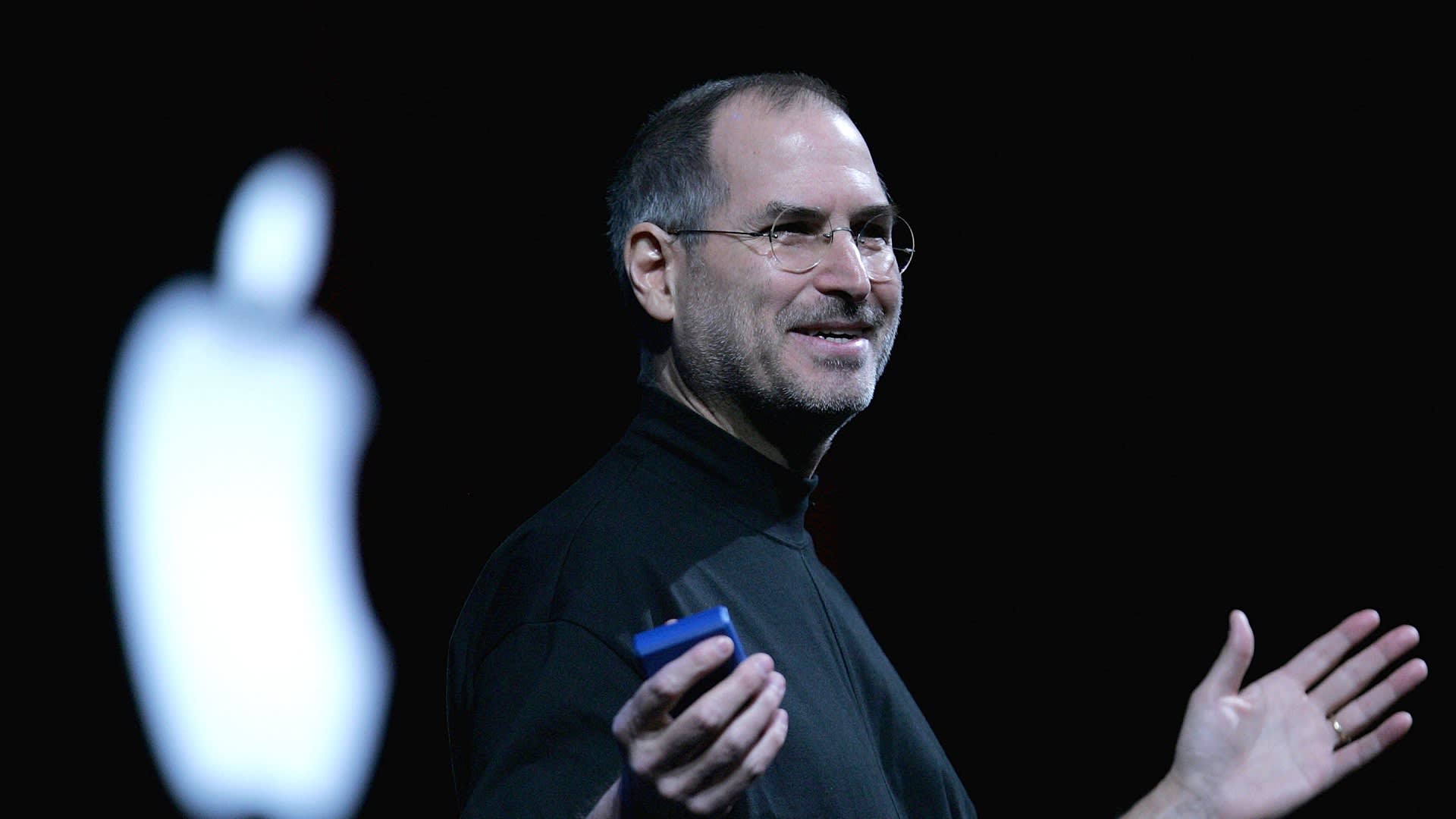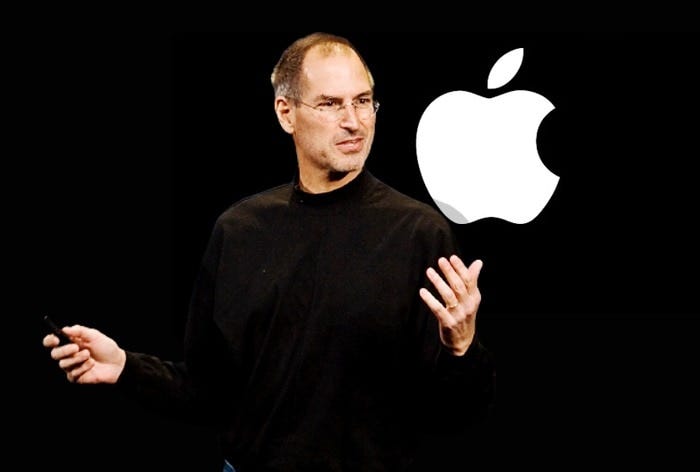Steve Jobs

Biography
Steve Jobs was born in 1955 in San Francisco, California, and adopted by Paul and Clara Jobs. From a young age, Steve showed curiosity about electronics, tinkering in his family’s garage and experimenting with gadgets. This curiosity would later blossom into one of the most influential careers in technology.
In 1976, Jobs and his friend Steve Wozniak co-founded Apple Computer in that same garage. They introduced the Apple II, one of the first successful personal computers, making computing accessible to ordinary people rather than just scientists or businesses. In 1984, Jobs introduced the Macintosh, the first widely sold computer with a graphical user interface, which made computers easier and more fun to use.
Jobs’ career, however, wasn’t a straight path to success. In 1985, after conflicts within Apple, he was forced out of the company he had built. Rather than give up, Jobs founded NeXT, a computer company focused on education and business, and purchased a small graphics division from Lucasfilm, which became Pixar Animation Studios. Pixar went on to create 'Toy Story,' the first fully computer-animated feature film, proving Jobs’ vision could transform not just technology, but storytelling too.
When Apple was struggling in the late 1990s, Jobs returned in 1997. He streamlined the company, reignited innovation, and introduced iconic products like the iMac, iPod, iPhone, and iPad. Each product transformed industries: the iPod revolutionized music, the iPhone changed communication forever, and the iPad redefined portable computing.
Jobs’ design philosophy emphasized simplicity, elegance, and user experience. He believed technology should be intuitive and beautiful, not just functional. This vision reshaped consumer expectations and inspired an entire generation of designers and entrepreneurs.
Despite his professional triumphs, Jobs faced personal challenges. He endured the humiliation of being ousted from Apple, but used that setback as motivation to innovate elsewhere. Later in life, he battled pancreatic cancer, yet continued working passionately until shortly before his death in 2011. His resilience showed that obstacles, whether professional or personal, could be transformed into fuel for creativity.
By the time of his passing, Steve Jobs had not only rescued Apple from collapse but helped build it into one of the most valuable companies in the world. His impact extended far beyond products, he transformed the way people live, learn, and communicate in the Information Age.
Steve Jobs didn’t just build products, he reshaped the way people interact with the world. His vision made technology personal, intuitive, and creative, transforming phones into pocket-sized computers, music into digital libraries, and animation into breathtaking storytelling. Jobs showed that setbacks, like being fired from your own company, can become springboards to greater success. His return to Apple is one of the greatest comeback stories in business history, proving that resilience and vision can change industries and cultures. For today’s generation, Jobs is a reminder that thinking differently, daring to imagine what doesn’t yet exist, can unlock new possibilities for everyone. He demonstrated that the real magic lies in combining creativity, design, and technology to empower people everywhere.
?
How did Steve Jobs’ time away from Apple prepare him for his successful comeback?
What lessons can we learn from Jobs’ focus on design and simplicity?
How did Pixar shape both Jobs’ career and the film industry?
Why was the launch of the iPhone in 2007 considered such a turning point in technology?
What can young innovators take away from Jobs’ approach to failure and resilience?
Dig Deeper
Explore the remarkable life of Steve Jobs, the genius who transformed technology and design. From co-founding Apple in a garage to revolutionizing industries with the iPhone, iPod, and Mac, this inspiring biography captures his groundbreaking achievements and enduring legacy.
Drawing from some of the most pivotal points in his life, Steve Jobs urged graduates to pursue their dreams and see opportunities in life's setbacks—even in the face of death itself.
Discover more

Tim Berners-Lee
Inventor of the World Wide Web, Tim Berners-Lee showed us that one idea, shared freely, can change the lives of billions.

William Kamkwamba
William Kamkwamba invented a windmill from scrap materials at age 14, bringing electricity and hope to his village in Malawi.

Thomas Edison
With over 1,000 patents and an 'invention factory' at Menlo Park, Thomas Edison turned electricity, recorded sound, and motion pictures from curiosities into global industries.
Further Reading
Stay curious!
